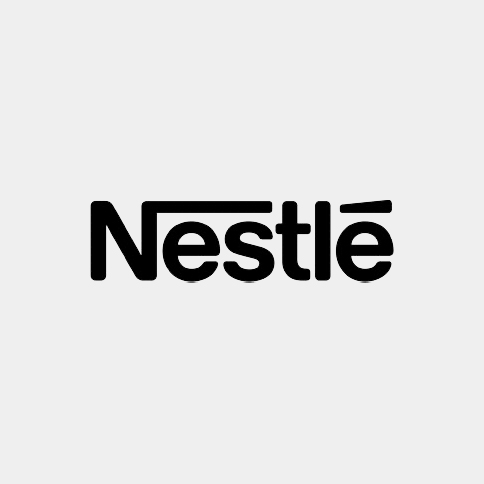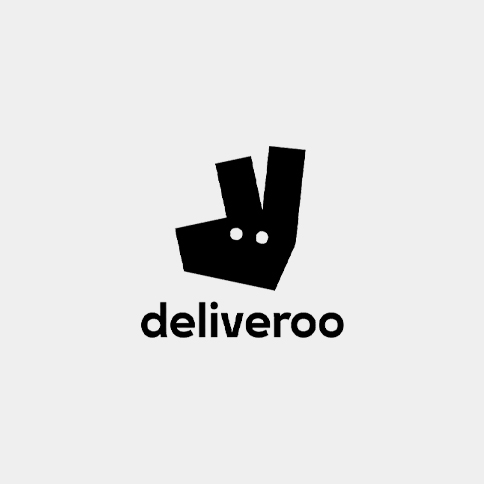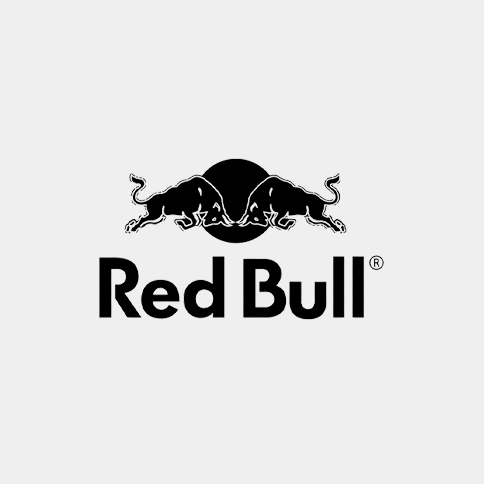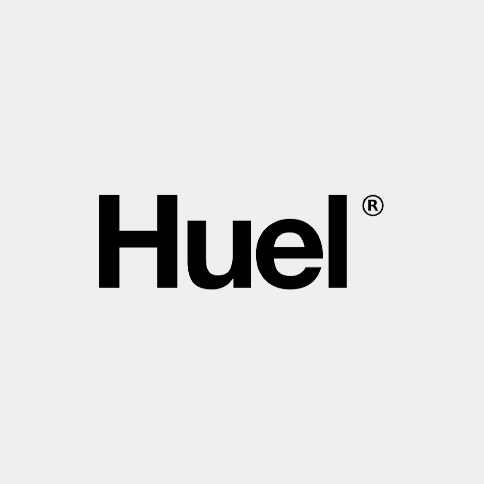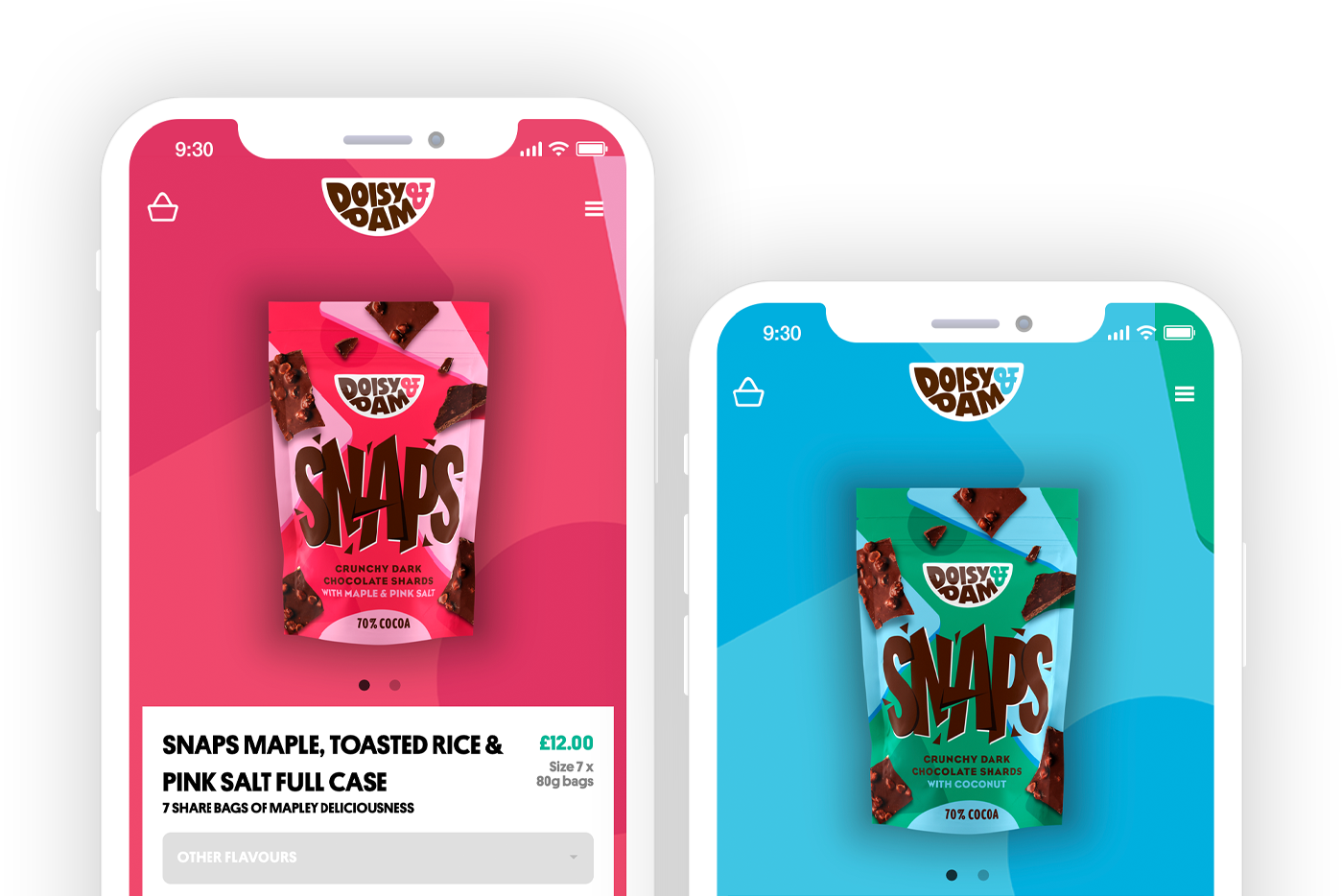What is Email Marketing?
Email marketing is a digital marketing strategy that involves sending commercial messages, typically in the form of emails, to a group of people, also known as subscribers or recipients. These emails are sent to promote products, services, offers, events, or any other relevant content to a targeted audience. The main objective of email marketing is to build brand awareness, engage with customers, nurture leads, drive traffic, and ultimately
increase conversions and sales.
Email marketing allows businesses and organizations to communicate directly with their customers and potential customers. It is a powerful tool for building relationships and fostering customer loyalty. By collecting email addresses from interested individuals (usually through opt-in forms), businesses can create an email list, which serves as their audience for sending targeted messages.
Email marketing offers several advantages, including cost-effectiveness, scalability, and the ability to measure performance through various metrics such as open rates, click-through rates, and conversion rates. Through segmentation and personalization, email marketers can tailor messages to specific groups of recipients, ensuring that the content is relevant and engaging.
However, to be successful, email marketing requires adherence to best practices and compliance with anti-spam laws to avoid being flagged as spam and maintain a positive sender reputation. When executed properly, email marketing using platforms such as
Klaviyo can be a highly effective marketing channel, helping businesses achieve their marketing goals and stay connected with their audience. So, now we know what Email Marketing is and the potential benefits of utilizing this channel, let's dive into our Top 20 Email Marketing Tips for ecommerce merchants.
1. Build a Quality Email Subscriber List
Begin your email marketing journey by building a high-quality subscriber list. Avoid purchasing email lists or resorting to unethical practices that can harm your sender reputation and deliverability. Instead, focus on organic list growth by offering valuable incentives such as discounts, exclusive content, or free resources in exchange for email sign-ups. Optimize your website with strategically placed sign-up forms, leverage
social media, and use pop-ups to encourage vizitors to join your email list.
2. Craft Compelling and Personalized Content
Create engaging and relevant content that resonates with your subscribers. Personalize your emails with dynamic content, including the recipient's name, location, and past purchase history. Use segmentation to tailor content based on customer preferences and behaviors. Leverage browsing data to recommend products or services that align with their interests. Crafting compelling subject lines is crucial to increasing open rates, so keep them concize, attention-grabbing, and personalized.
3. Embrace Mobile-Responsive Design
With an increasing number of people accessing emails on mobile devices, it's essential to ensure your emails are mobile-responsive. Optimize your email templates and
designs to adapt seamlessly to various screen sizes. Use a single-column layout, clear CTA buttons, and legible font sizes to provide a seamless mobile experience. Preview and test your emails across different devices to guarantee they appear as intended.
4. Implement Automated Email Workflows
Save time and increase efficiency with automated email workflows. Set up triggered emails based on specific customer actions, such as welcome emails for new subscribers, abandoned cart reminders, order confirmations, and post-purchase follow-ups. These automated workflows nurture customer relationships, drive engagement, and encourage repeat purchases. Additionally, use behavior-based triggers, such as inactivity emails, to re-engage customers who haven't interacted with your brand recently.
5. Segment Your Email Audience
Segmentation is a powerful strategy that allows you to divide your email audience into smaller groups based on demographics, purchase history, engagement level, and preferences. By segmenting your audience, you can deliver highly targeted content and offers, resulting in increased relevancy and higher conversion rates. Utilize data from past interactions, browsing behavior, and purchase history to create segments that align with your marketing goals.
6. Leverage Social Proof and User-Generated Content (UGC)
Incorporate social proof and user-generated content (UGC) in your emails to build trust and credibility with your subscribers. Include customer reviews, testimonials, and social media posts showcasing satisfied customers using your products or services. UGC not only validates your offerings but also fosters a sense of community and encourages customers to engage with your brand. Social proof helps mitigate purchase hesitations and drives conversions.
7. Optimize Email Send Times
The timing of your emails can significantly impact their effectiveness. Experiment with different send times to identify when your audience is most responsive. Generally, sending emails on weekdays during business hours yields better results. However, take into consideration your target audience's preferences, time zones, and behavior. Analyze engagement data to determine the optimal send times for your specific audience.
8. Personalize Product Recommendations
Use customer data to personalize product recommendations in your emails. Showcasing products that align with a customer's past purchases or browsing behavior increases the likelihood of conversion. Implement a recommendation engine that dynamically populates product suggestions based on each recipient's unique preferences. These personalized recommendations enhance the shopping experience and drive cross-selling and upselling opportunities.
9. Implement Abandoned Cart Recovery
Cart abandonment is a common challenge for ecommerce businesses. Implement an abandoned cart recovery email series to re-engage potential customers and recover lost sales. Send a series of well-timed emails reminding customers of their abandoned items, offering incentives like discounts or free shipping, and addressing any concerns they may have. These emails can entice customers to complete their purchase and increase your conversion rate.
10. Conduct A/B Testing
A/B testing is a critical component of optimizing your email marketing efforts. Test different elements such as subject lines, CTAs, content, visuals, and send times to identify what resonates best with your audience. Compare the performance of different versions of your emails and use data-driven insights to refine your strategies. Continuously test and iterate to improve your open rates, click-through rates, and conversion rates.
11. Incorporate Interactive Elements
Engage your email subscribers with interactive elements that encourage participation and increase dwell time. Consider using elements like quizzes, surveys, GIFs, or videos. Interactive content captures attention and keeps subscribers engaged, leading to higher click-through rates and improved brand recall. However, ensure that interactive elements are well-designed and compatible with various email clients and devices.
12. Monitor Email Deliverability and Sender Reputation
Email deliverability and sender reputation directly impact the success of your email marketing campaigns. Maintain a clean email list by regularly removing inactive or unengaged subscribers. Use double opt-in confirmation to ensure email addresses are valid and opted-in. Follow best practices, such as avoiding spammy content, using a recognizable sender name and email address, and including an unsubscribe option in every email. Monitor your sender reputation and deliverability metrics to identify and address any issues promptly.
13. Use Behavioral Triggers for Personalization
Go beyond basic segmentation and leverage behavioral triggers for hyper-personalization. Set up triggers based on specific actions or interactions, such as product views, cart additions, or previous purchases. Tailor your emails to respond directly to these behaviors, offering relevant product recommendations, related content, or exclusive offers. Behavioral triggers create a real-time and personalized experience for each customer, increasing engagement and conversions.
14. Implement a Re-engagement Campaign
Over time, some subscribers may become inactive or dizengaged. To re-engage them, implement a dedicated re-engagement email campaign. Craft compelling messages that acknowledge their inactivity, remind them of the value of being part of your community, and offer an incentive to re-engage. For example, provide a special discount or exclusive content to reignite their interest and prompt them to take action.
15. Optimize Email Subject Lines
The subject line is the first thing subscribers see, and it heavily influences email open rates. A/B test different subject lines to discover which ones perform best with your audience. Keep subject lines clear, concize, and attention-grabbing. Avoid using spammy language or excessive punctuation, as these may trigger spam filters. Personalize subject lines whenever possible, and consider using emojis to add visual appeal and increase open rates.
Segmenting your email list based on the customer lifecycle stage allows you to tailor your messages to meet the unique needs of each group. Create segments for new subscribers, first-time buyers, repeat customers, and lapsed customers. Send targeted emails that align with their current stage in the buying journey. For example, welcome new subscribers with a special offer, nurture first-time buyers with product guides and tips, and re-engage lapsed customers with personalized incentives.
User-generated content, such as product reviews and customer testimonials, plays a crucial role in influencing purchase decisions. Incorporate positive reviews and testimonials in your emails to build trust and showcase the value of your products or services. Feature quotes or ratings from satisfied customers to validate the quality and reliability of your offerings. Include direct links to product pages, allowing subscribers to explore and purchase the products that interest them.
18. Include Clear CTAs
Your email's call-to-action (CTA) should be prominent, concize, and compelling. Clearly state the action you want recipients to take and make it easy for them to do so. Use contrasting colors for the CTA button to make it stand out, and ensure it is mobile-friendly. Test different CTA text and designs to find the most effective combination for driving conversions.
19. Create a Sense of Exclusivity
Make subscribers feel special by offering exclusive deals, early access to sales, or insider information. Creating a sense of exclusivity encourages subscribers to stay engaged and look forward to receiving your emails. Limited-time offers or access to members-only content can be powerful motivators for subscribers to take action and remain loyal to your brand.
20. Monitor Email Performance Metrics
Regularly monitor key email performance metrics, including open rates, click-through rates, conversion rates, and unsubscribe rates. Use these metrics to evaluate the success of your campaigns and identify areas for improvement. Analyze the performance of different email segments, types, and content to gain insights into what resonates best with your audience. Use the data to refine your email marketing strategy and optimize your future campaigns.
Top Email Marketing Tips: Conclusion
Email marketing remains a vital channel for ecommerce merchants to engage customers, drive conversions, and foster long-term relationships. By incorporating these additional email marketing tips into your strategy, you can create more personalized and effective campaigns that deliver tangible results. Focus on building a quality subscriber list, crafting compelling content, leveraging behavioral triggers, and optimizing your emails for mobile devices. Continuously test, analyze, and iterate your campaigns to stay relevant and maximize the impact of your email marketing efforts. With a well-executed email marketing strategy, you can achieve significant growth, enhance customer loyalty, and thrive in the competitive ecommerce landscape.
Top Email Marketing Tips: Frequently Asked Questoins
Q1: How can I build a quality email subscriber list?
A1: Building a quality email subscriber list requires a strategic approach. Focus on organic growth by offering valuable incentives such as exclusive discounts, free resources, or informative content in exchange for email sign-ups. Optimize your website with strategically placed sign-up forms, use pop-ups or slide-ins to capture visitor attention, and leverage social media to attract interested subscribers. Implementing a double opt-in confirmation process ensures that subscribers willingly join your list, leading to higher engagement and deliverability rates.
Q2: How do I personalize email content effectively?
A2: Personalizing email content helps create a more engaging and relevant experience for subscribers. Utilize customer data to tailor your emails dynamically. Include recipient names, locations, and past purchase history to make each message feel personalized. Employ segmentation to categorize subscribers based on demographics, behavior, or purchase history. By sending targeted content that aligns with their interests and preferences, you can improve open rates, click-through rates, and overall customer satisfaction.
Q3: What is the importance of mobile-responsive design in emails?
Q3: With an increasing number of people accessing emails on mobile devices, having a mobile-responsive email design is crucial. Responsive design ensures that your emails adapt seamlessly to various screen sizes, providing a positive user experience for both mobile and desktop users. A well-optimized email design with a single-column layout, clear CTA buttons, and legible fonts on smaller screens enhances readability and click-through rates, increasing the chances of conversions.
Q4: How can I use automated email workflows to my advantage?
A4: Automated email workflows are a powerful tool for streamlining your email marketing efforts. Set up triggered emails based on specific customer actions, such as welcome emails for new subscribers, abandoned cart reminders, order confirmations, and post-purchase follow-ups. These automated workflows nurture customer relationships, drive engagement, and encourage repeat purchases. By sending timely and relevant messages without manual intervention, you can provide a seamless and consistent customer experience, ultimately increasing customer loyalty and revenue.
Q5: What is the significance of A/B testing in email marketing?
A5: A/B testing, also known as split testing, is a critical practice for optimizing your email marketing campaigns. It involves creating multiple versions of an email with variations in elements such as subject lines, CTAs, content, or visuals. By sending these versions to different segments of your audience, you can compare their performance metrics, such as open rates and click-through rates. A/B testing provides valuable insights into subscriber preferences, helping you identify which elements resonate best with your audience and refine your email strategies for maximum impact.
Q6: How can I re-engage inactive subscribers?
A6: Re-engaging inactive subscribers is essential to maintain a healthy email list and maximize conversions. Implement a re-engagement campaign targeting subscribers who haven't interacted with your emails for a while. Craft compelling messages that acknowledge their inactivity, remind them of the value of being part of your community, and offer an incentive to re-engage. For example, provide a special discount, free trial, or exclusive content to reignite their interest and prompt them to take action. If they remain unresponsive, consider removing them from your list to improve overall deliverability and engagement rates.
Q7: How can I optimize email subject lines for better open rates?
A7: Email subject lines are crucial in enticing subscribers to open your emails. To optimize subject lines, keep them clear, concize, and attention-grabbing. Personalize whenever possible to make subscribers feel valued and increase open rates. Avoid using spammy language, excessive punctuation, or misleading information, as these may trigger spam filters and harm your deliverability. Utilize A/B testing to test different subject line variations and discover what resonates best with your audience.
Q8: How can I leverage user reviews and testimonials in emails?
A8: User-generated content, such as product reviews and customer testimonials, plays a crucial role in influencing purchase decisions. Incorporate positive reviews and testimonials in your emails to build trust and showcase the value of your products or services. Feature quotes or ratings from satisfied customers to validate the quality and reliability of your offerings. By including direct links to product pages, you make it easy for subscribers to explore and purchase the products that interest them.
Q9: What is the benefit of segmenting by customer lifecycle?
A9: Segmenting your email list based on customer lifecycle stages allows you to deliver tailored content and offers, enhancing the customer experience and increasing engagement. Different lifecycle stages, such as new subscribers, first-time buyers, repeat customers, and lapsed customers, have unique needs and preferences. By targeting each group with relevant messages, you can nurture leads, encourage repeat purchases, and win back lapsed customers effectively.
Q10: How can I create a sense of exclusivity in my email campaigns?
A10: Creating a sense of exclusivity in your email campaigns can foster a stronger connection with your subscribers and increase engagement. Offer exclusive deals, early access to sales, or member-only content to make subscribers feel special and valued. Limited-time offers or access to exclusive products or services can create a sense of urgency and encourage immediate action. By highlighting the exclusivity of your offers, you incentivize subscribers to remain engaged and loyal to your brand.
Q11: Which email performance metrics should I monitor?
A11: Monitoring key email performance metrics provides valuable insights into the success of your campaigns and helps you identify areas for improvement. Key metrics include open rates, click-through rates, conversion rates, and unsubscribe rates. Analyzing these metrics allows you to evaluate the effectiveness of your email content, subject lines, and overall campaign strategy. Use the data to make data-driven decisions, refine your email marketing approach, and optimize future campaigns for better results.
Q12: How often should I send marketing emails to my subscribers?
A12: The frequency of email campaigns depends on your audience and the relevance of your content. Sending too many emails can lead to subscriber fatigue and increased opt-outs, while infrequent emails may cause subscribers to forget about your brand. Strive for a consistent email schedule that provides value to subscribers without overwhelming them. Consider segmenting your list to send different content based on individual preferences and engagement levels.
Q13: What are some best practices to avoid spam filters?
A13: To avoid spam filters, adhere to best practices for email marketing. Use recognizable sender names and email addresses, avoid using excessive capitalization or spammy language, and include an easily accessible unsubscribe option in every email. Ensure your email content aligns with subscribers' expectations and deliver valuable and relevant content. Regularly clean your email list by removing inactive or unengaged subscribers to maintain a positive sender reputation.
Q14: How can I use interactive elements in emails to engage subscribers?
A14: Incorporating interactive elements in emails can enhance engagement and provide a more interactive user experience. Use elements such as quizzes, surveys, GIFs, or videos to encourage subscriber participation and increase dwell time. Interactive content captures attention and makes your emails more memorable, leading to higher click-through rates and improved brand recall. However, ensure that interactive elements are well-designed and compatible with various email clients and devices.
Q15: How do I handle cart abandonment effectively?
A15: Cart abandonment is a common challenge for ecommerce businesses. To address this, implement an abandoned cart recovery email series. Send a series of well-timed emails reminding customers of their abandoned items, offering incentives like discounts or free shipping, and addressing any concerns they may have. These emails can entice customers to complete their purchase and increase your conversion rate. Monitor the performance of your abandoned cart emails and adjust the frequency and content based on customer responses.





